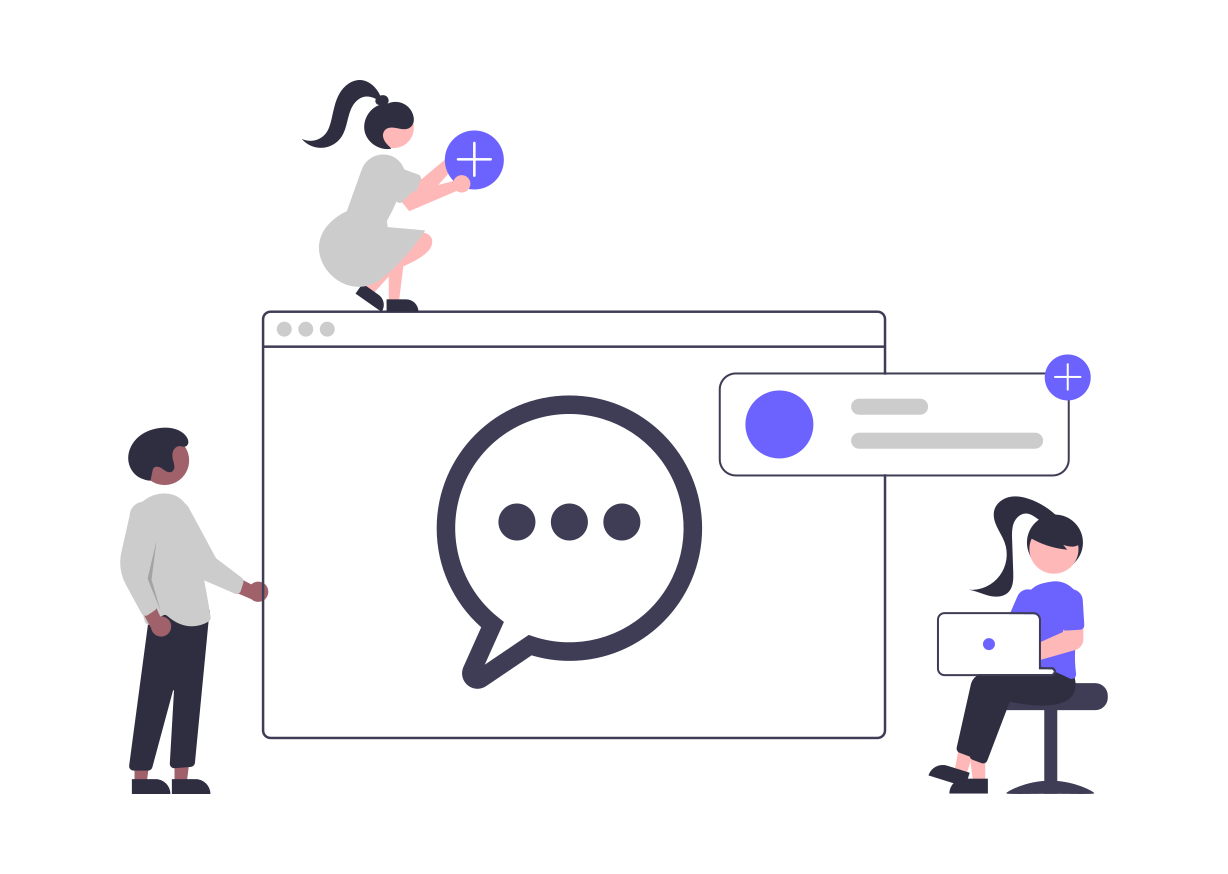In today’s digital age, businesses strive to provide exceptional customer experiences. One of the most effective tools for achieving this is the AI-powered chatbot. By automating interactions and offering personalized responses, chatbots can significantly enhance customer satisfaction and operational efficiency. This blog delves into key techniques and best practices for implementing AI-powered chatbots to elevate your customer experience.
Key Techniques for AI-Powered Chatbots:
1. Natural Language Processing (NLP)
NLP enables chatbots to understand and interpret human language. This technology allows chatbots to comprehend user intent, making interactions more natural and intuitive. By leveraging advanced NLP algorithms, chatbots can handle diverse queries and provide accurate responses, thus enhancing user satisfaction.
2. Machine Learning
Machine learning algorithms help chatbots learn from past interactions and improve over time. By analyzing user behavior and feedback, chatbots can refine their responses and offer more relevant assistance. Continuous learning ensures that chatbots become more effective and efficient, providing better customer service.
3. Integration with CRM Systems
Integrating chatbots with Customer Relationship Management (CRM) systems allows for a seamless flow of information. This integration ensures that chatbots have access to customer data, enabling personalized interactions. By retrieving and updating customer information in real-time, chatbots can provide more contextually appropriate responses.
4. Sentiment Analysis
Sentiment analysis helps chatbots gauge the emotional tone of user messages. By detecting whether a customer is happy, frustrated, or neutral, chatbots can adjust their responses accordingly. This technique enhances the chatbot’s ability to handle sensitive situations and provide empathetic support.
5. Contextual Awareness
Contextual awareness involves understanding the context of user interactions. Chatbots equipped with this capability can maintain coherent conversations, remembering previous interactions and personalizing responses based on the current context. This makes interactions more fluid and meaningful for users.
Best Practices for Implementing AI-Powered Chatbots:
1. Define Clear Objectives
Before implementing a chatbot, it’s essential to define clear objectives. Determine what you want to achieve with your chatbot, whether it’s improving customer support, increasing sales, or streamlining processes. Clear objectives guide the design and functionality of the chatbot, ensuring it meets business goals.
2. Design Conversational Flows
Designing effective conversational flows is crucial for a smooth user experience. Map out potential user queries and responses, creating a logical flow that guides the conversation. Use natural, conversational language and anticipate various user inputs to make interactions seamless and intuitive.
3. Ensure Easy Escalation
While chatbots can handle many tasks, there will be instances where human intervention is necessary. Ensure that your chatbot can easily escalate complex issues to human agents. Provide clear options for users to connect with a live representative, ensuring that their needs are promptly addressed.
4. Monitor and Analyze Performance
Regularly monitor and analyze chatbot performance to identify areas for improvement. Track metrics such as response accuracy, user satisfaction, and resolution times. Use this data to fine-tune your chatbot’s capabilities and ensure it continues to meet user expectations.
5. Continuous Training and Updates
AI-powered chatbots require continuous training and updates to stay effective. Regularly update your chatbot with new information, refine its algorithms, and incorporate user feedback. Keeping your chatbot up-to-date ensures it can handle evolving user needs and maintain high performance.
Conclusion: AI-powered chatbots have revolutionized customer experience by providing instant, personalized, and efficient support. By implementing advanced techniques such as NLP, machine learning, CRM integration, sentiment analysis, and contextual awareness, businesses can create chatbots that truly enhance user satisfaction. Adhering to best practices like defining clear objectives, designing conversational flows, ensuring easy escalation, monitoring performance, and continuous training further ensures the success of chatbot implementations. Embrace these strategies to elevate your customer experience and stay ahead in the competitive digital landscape.


